The TechCrunch team is in Barcelona this week to bring you all the action going on at Mobile World Congress 2024. You already know what we’re expecting, so sit back, relax and stay tuned throughout the week as we bring you the products, announcements and startup news from MWC that you need to know.
So far, we’ve seen some big announcements from companies, including new Android features from Google, Lenovo’s new laptop concept and rollable phone concept and Xiaomi’s robotic dog. As MWC progresses, here’s how you can follow along with our team’s coverage.
Tuesday, February 27
HTC Vive became an enterprise business
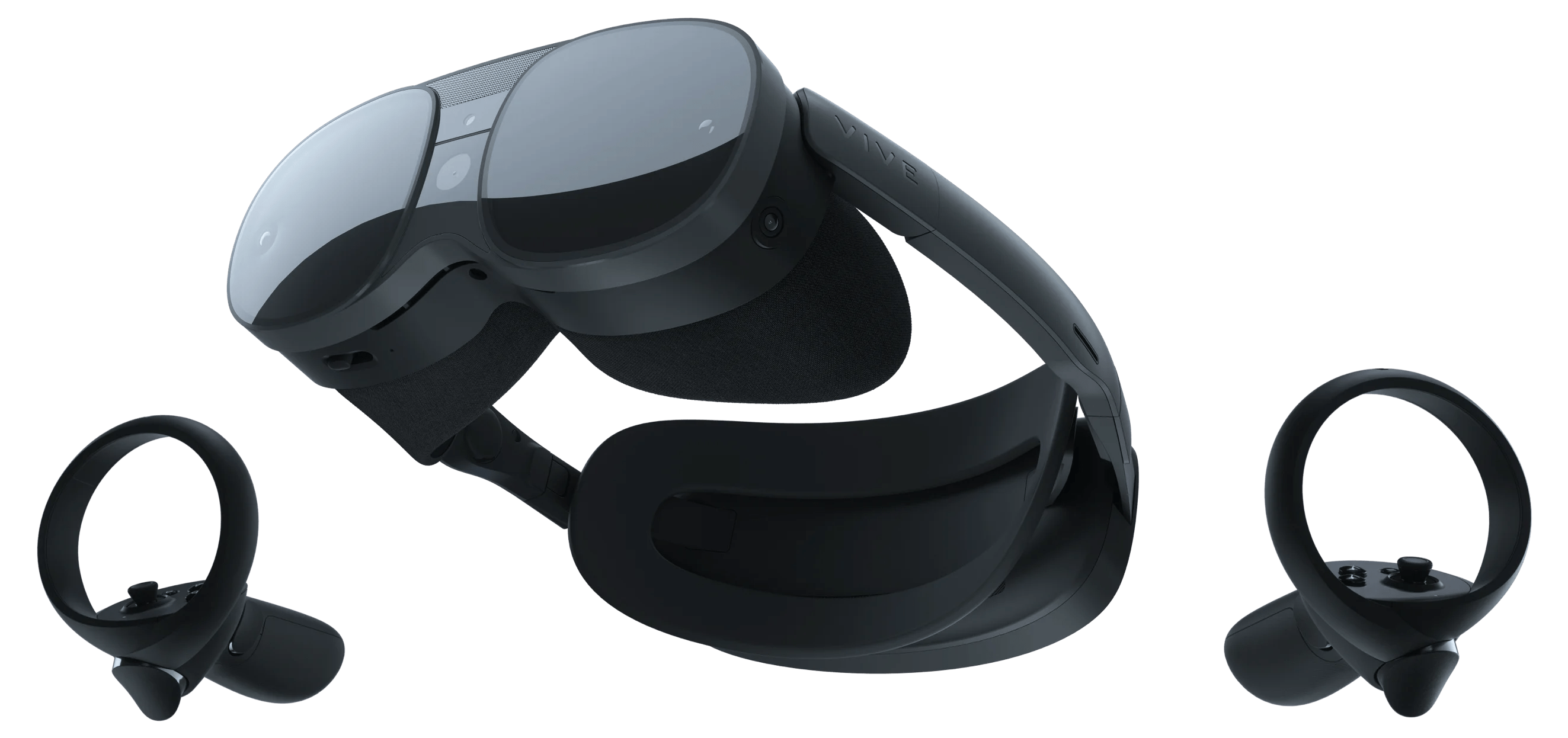
Image Credits: HTC
HTC broke off into a mixed reality division about a decade ago. During that time, Vive’s Magic Leap headset has gone from a mostly consumer play to more of an enterprise tool. Brian Heater sat down with Dan O’Brien, HTC’s Vive general manager, and John Dabill, the brand’s head of product operations, to discuss Vision Pro, Magic Leap, the metaverse and generative AI.
eQub digitizes peer-to-peer lending in Africa

Image Credits: eQub
Meet eQub, an Ethiopian startup and winner of the fintech pitch-off at 4YFN 2024, Mobile World Congress’ startup event. Nahom Michael, the company’s business development lead, explained that the company’s name is an Amharic word referring to a local form of peer-to-peer credit. An Equb is a group of people who join forces to save money, similar to a tanda, which is then distributed on a rotating basis. eQub is digitizing the experience, starting with an app, to target users among the growing number of Ethiopians who have bank accounts and mobile phones, but limited access to credit.
SynFlora is taking on acne

Image Credits: Natasha Lomas/TechCrunch
The skin is the largest organ that we have, and we don’t always treat it right. That’s where biotech startup SynFlora comes it with a new type of skin treatment technology. The company is initially focused on acne and is working on a way to deliver the treatment in a deeper way than topically applied creams and also to design and engineer a wider range of treatments by using biotech methods to harness bacteria to deliver targeted therapeutics.
Lizcore’s sport tracking system
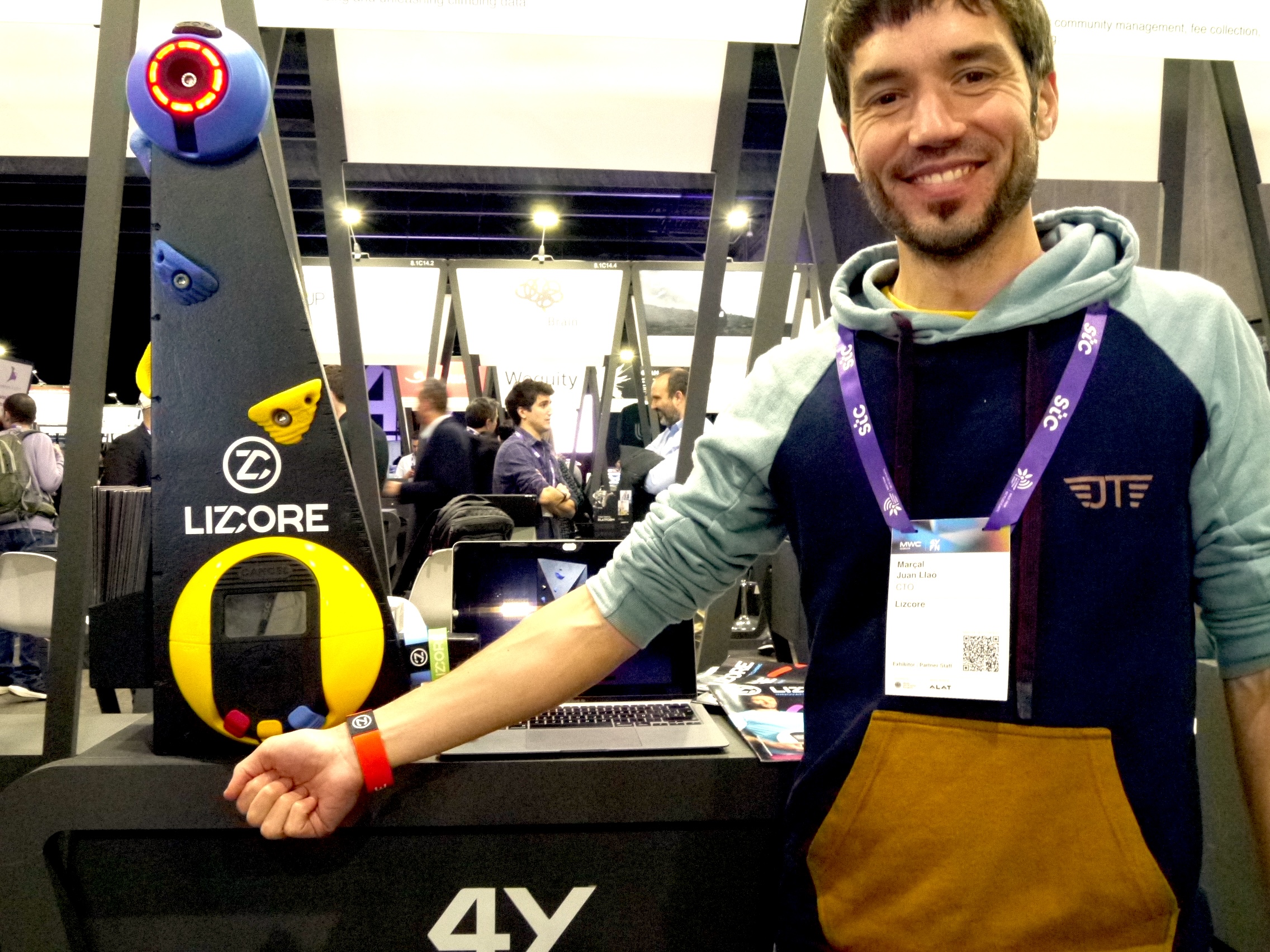
Image Credits: Natasha Lomas/TechCrunch
Lizcore has done what Natasha Lomas thought was impossible: digitizing and improving the indoor climbing experience. With Lizcore’s progress tracking system, climbers don’t need to climb with their phone or wear a smartwatch. All they need is its lightweight NFC wearable, which the company calls the Lizy bracelet that pairs with the startup’s app.
Jolla’s “blackbox for your life”
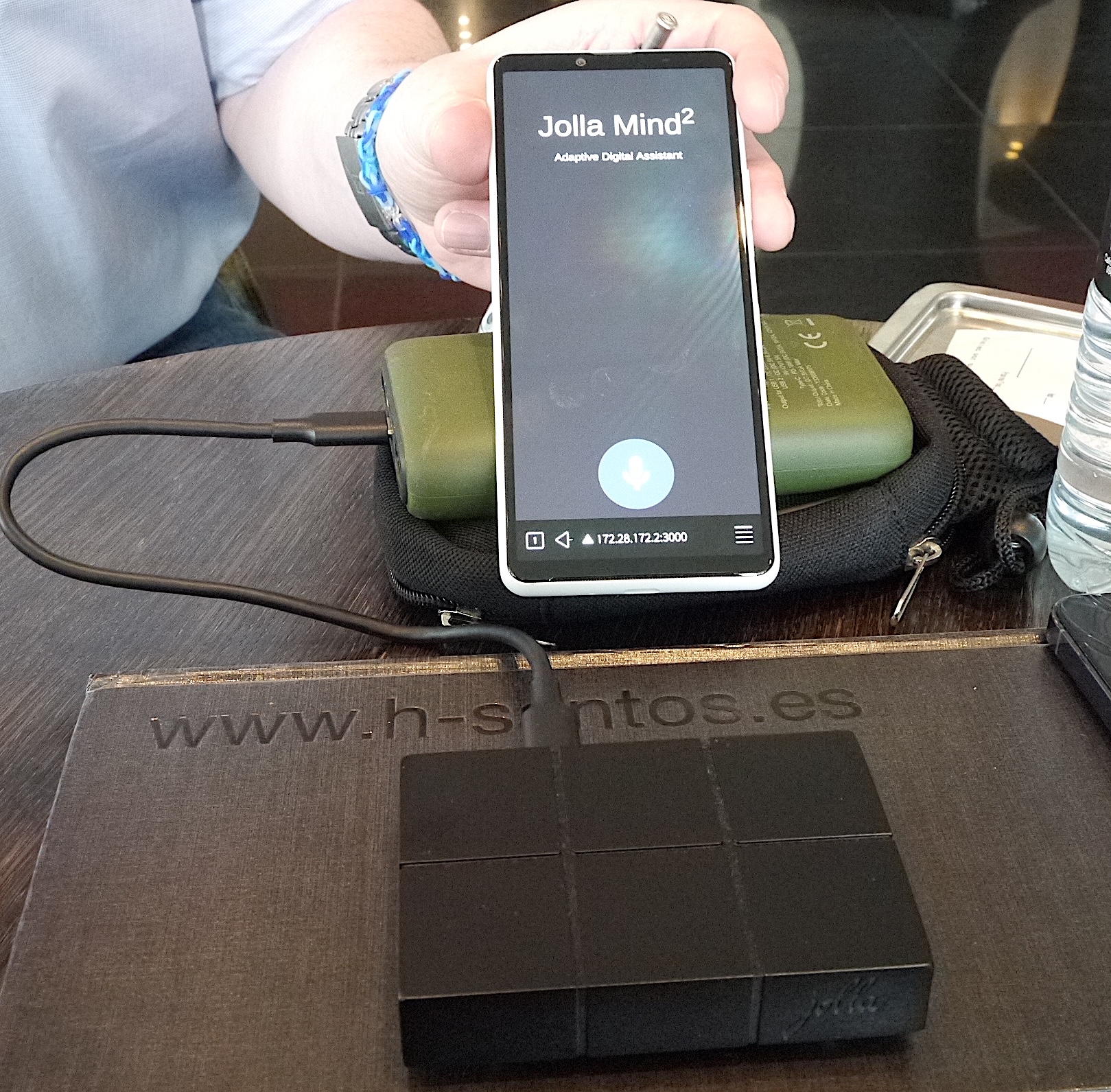
Image Credits: Natasha Lomas/TechCrunch
Jolla, a mobile OS maker, wants to fix by designing a way for users to gain the superpower of advanced AI without having to let data-hungry third parties gobble their privacy. It is showcasing a device that is like a private cloud and AI router all rolled into one, making the user’s data accessible for running AI queries. It’s like having a personal server “reconfigured for the generative AI age,” Natasha Lomas writes.
Displace wireless television
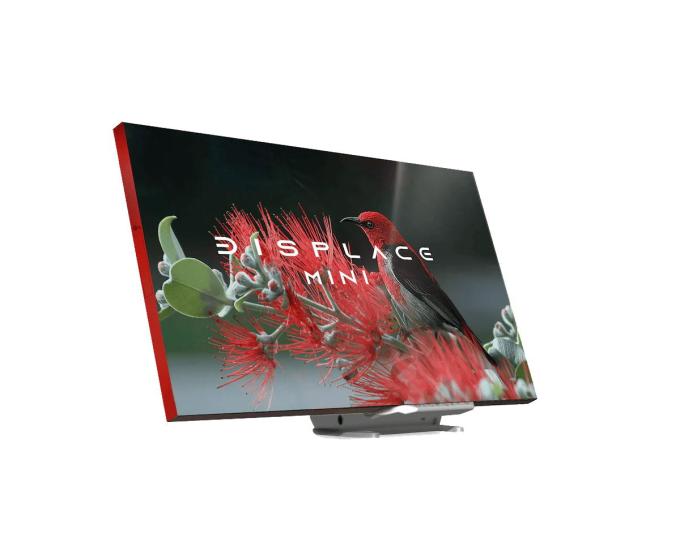
Displace MiniTV
Mike Butcher caught up with Displace founder and CEO Balaji Krishna, who discussed the company’s 55-inch Display Flex product. It’s a a “wireless” $3,000 4K OLED TV which sticks to walls without a traditional mounting. It was launched in January at CES. Krishna says more versions of the screen, and new features, are coming. One we can talk now about is a “Display Mini” that will be a smaller 27-inch TV and designed for a kitchen or bathroom space. Krishna also hinted at future feature based on an “AI-powered shopping engine” letting consumers purchase products from ads, and a contactless payment reader.
Motorola’s rollable concept phone
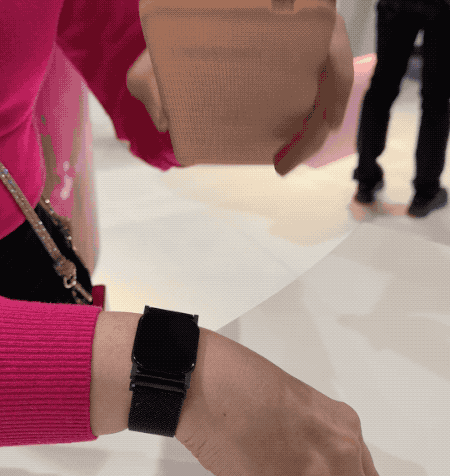
Image Credits:
What’s the maximum size of a device that you will wear on your wrist? If “bigger is better” is your go-to answer, Lenovo has something for you. The company has designed what it’s calling a “rollable concept phone” for Motorola that folds around your wrist. Key word being “concept,” because there is no proof this could become a product. Regardless, it’s fun to see.
Monday, February 26
Doublepoint’s updated WowMouse gesture-touch
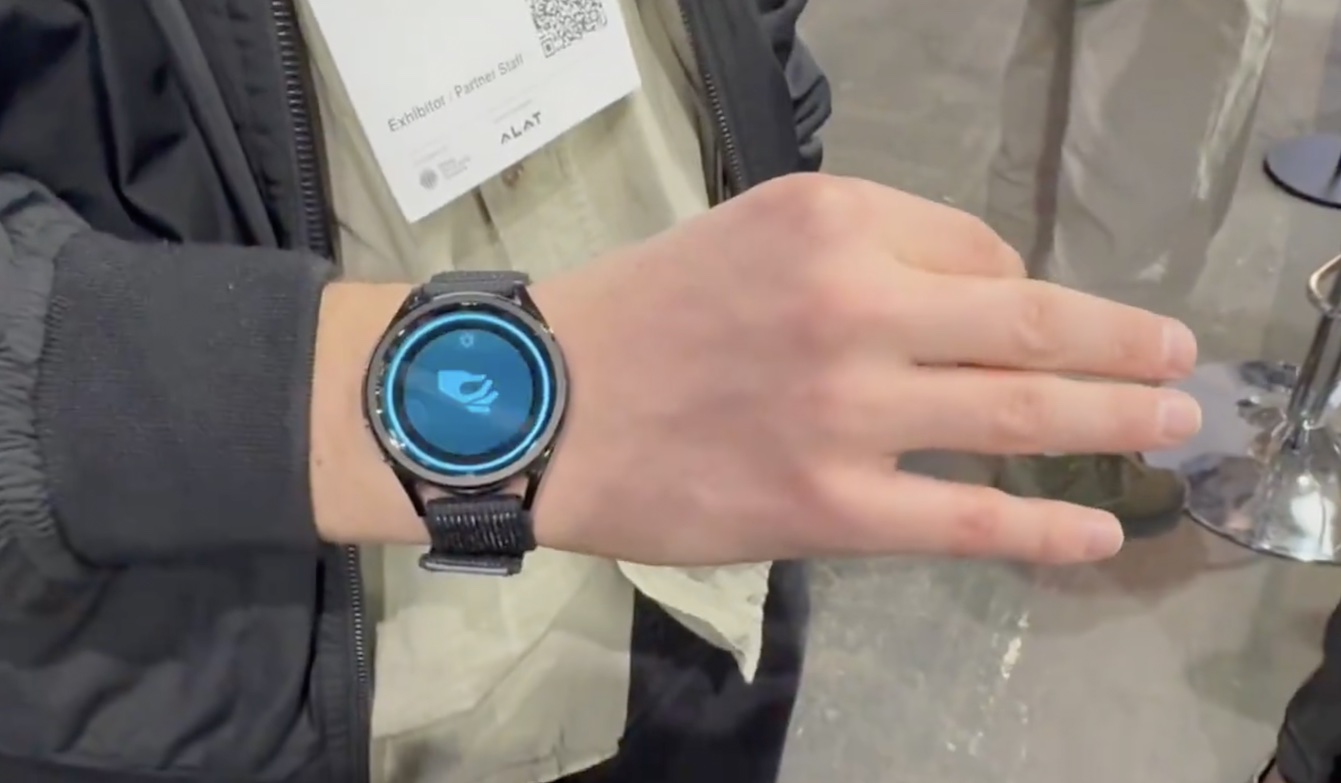
DoublePoint WowMouse app. Image Credits: Doublepoint
Android smartwatch users can now have their own version of Doublepoint’s WowMouse gesture-touch control app. Pinch away!
Microsoft’s AI Access Principles
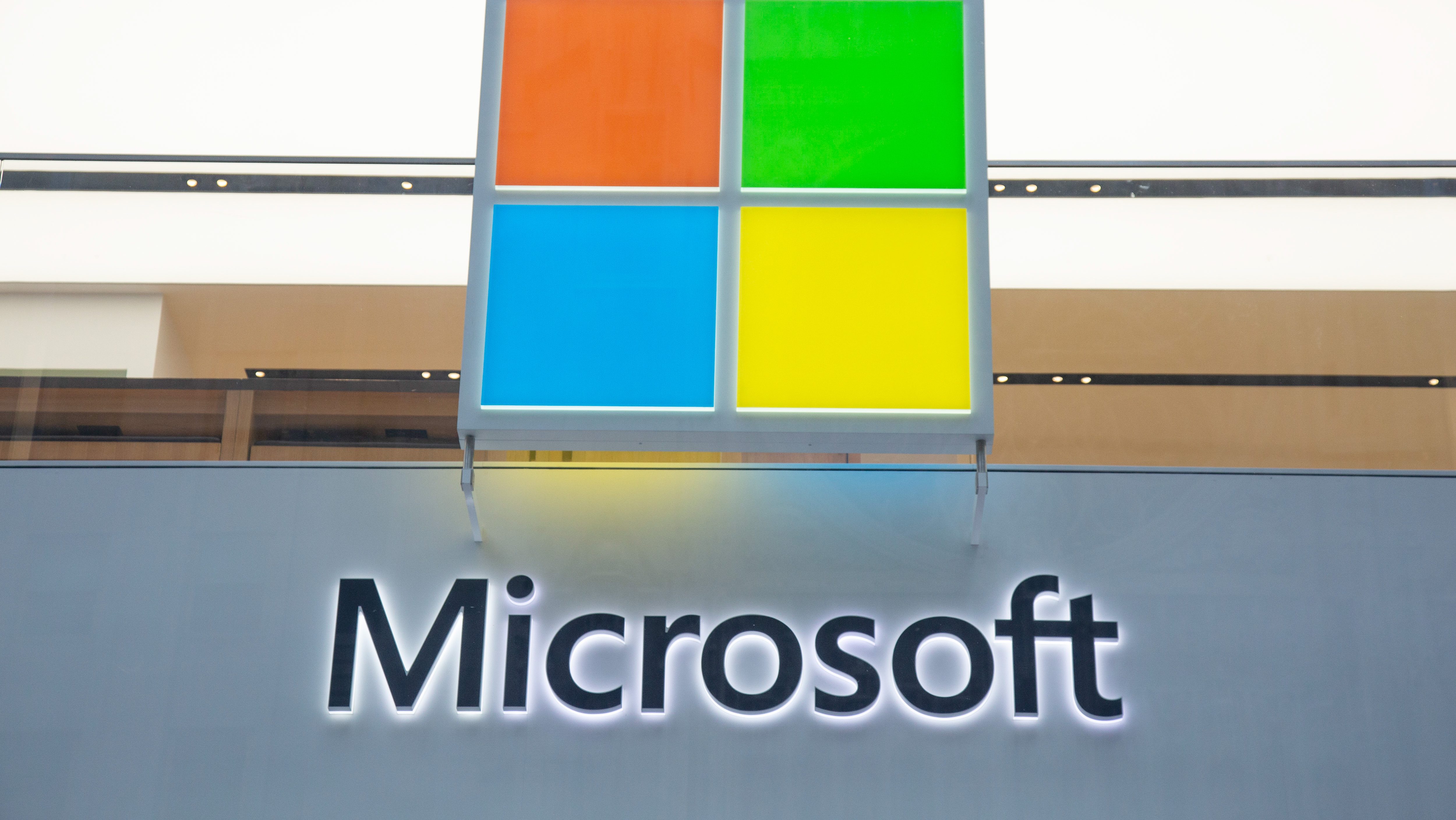
Image Credits: Nicolas Economou/NurPhoto / Getty Images
Brad Smith, the president and vice chair of Microsoft, announced a framework today called “AI Access Principles,” which is an 11-point plan that Smith said will “govern how we will operate our AI datacenter infrastructure and other important AI assets around the world.” Although the implication here is that Microsoft is open to dialogue and conversation with stakeholders, ironically, Smith delivered the news in a keynote speech, with no scope for follow-up questions.
Xiaomi’s first electric car

Image Credits: Brian Heater
Xiaomi EV’s first product — the highly anticipated Xiaomi SU7 — is light on details. We do know that it is a “full-size high-performance eco-technology sedan” with plans to arrive in China at some point next year. In addition to design, Xiaomi has developed the five core EV technologies: E-Motor, CTB Integrated Battery, Xiaomi Die Casting, Xiaomi Pilot Autonomous Driving, and Smart Cabin. And, as mentioned before, it will have the “HyperOS” operating system.
Samsung’s first smart ring
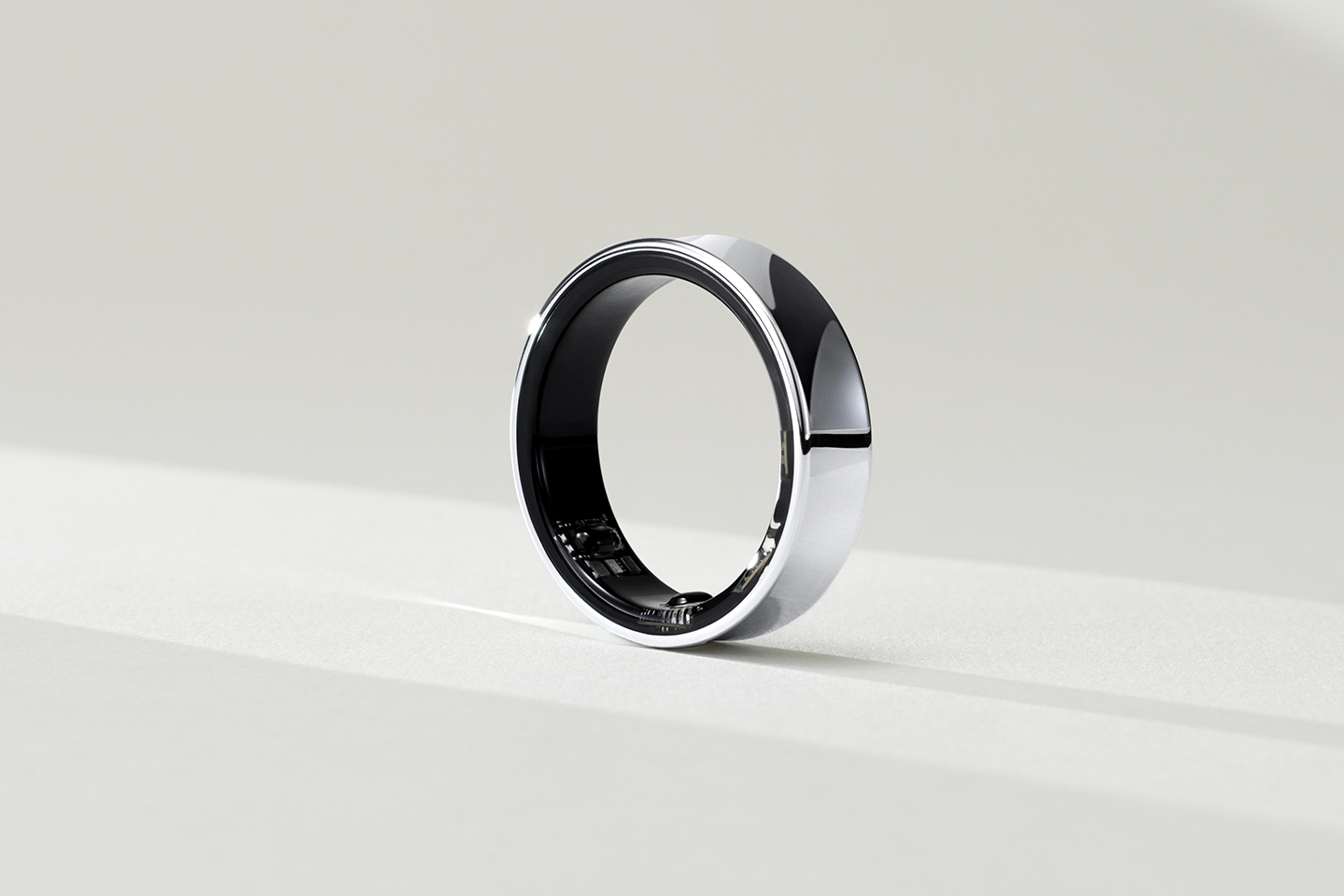
Image Credits: Brian Heater
Diamonds may be a girl’s best friend, but if you’re a girl who can’t sleep, Samsung’s new Galaxy Ring may become your new favorite. Some of the features include on-board sensors to measure heart rate, movement and breathing to create a cross section of the wearer’s health and sleep patterns. Questions around pricing and battery life remain unanswered for now.
Extended battery life for OnePlus

Image Credits: OnePlus
OnePlus’ upcoming Watch 2 is promising a jaw-dropping 100 hours “in full Smart Mode.” This claim comes after the company spent three years on its battery technology. Brian Heater spoke with Tuomas Lampén, OnePlus Europe’s head of strategy, about why the company took that long and how it was able to squeeze 100 hours out of the new watch.
Last week, Brian reported that “battery is precisely the sort of thing OnePlus needs to lean into,” given that its first-generation product had only about 25 hours of battery life. And that was with the GPS turned off.
Xiaomi’s CyberDog

Image Credits: Brian Heater
After years of reporting on Xiaomi’s CyberDog, Brian Heater was finally able to see the robotic dog up close at MWC. He got to see the little dog’s dressage shuffle and do a little dance, which he wrote reminded him “of a scaled down version of Boston Dynamics’ familiar robot.” Since Brian’s story in 2021, Xiaomi has made some changes to its dog, including a more realistic version of a head to replace the previous flatter one. CyberDog 2 can currently be purchased online for $3,000 — that’s nearly double the $1,600 price point of its predecessor.
Lenovo’s laptop concept
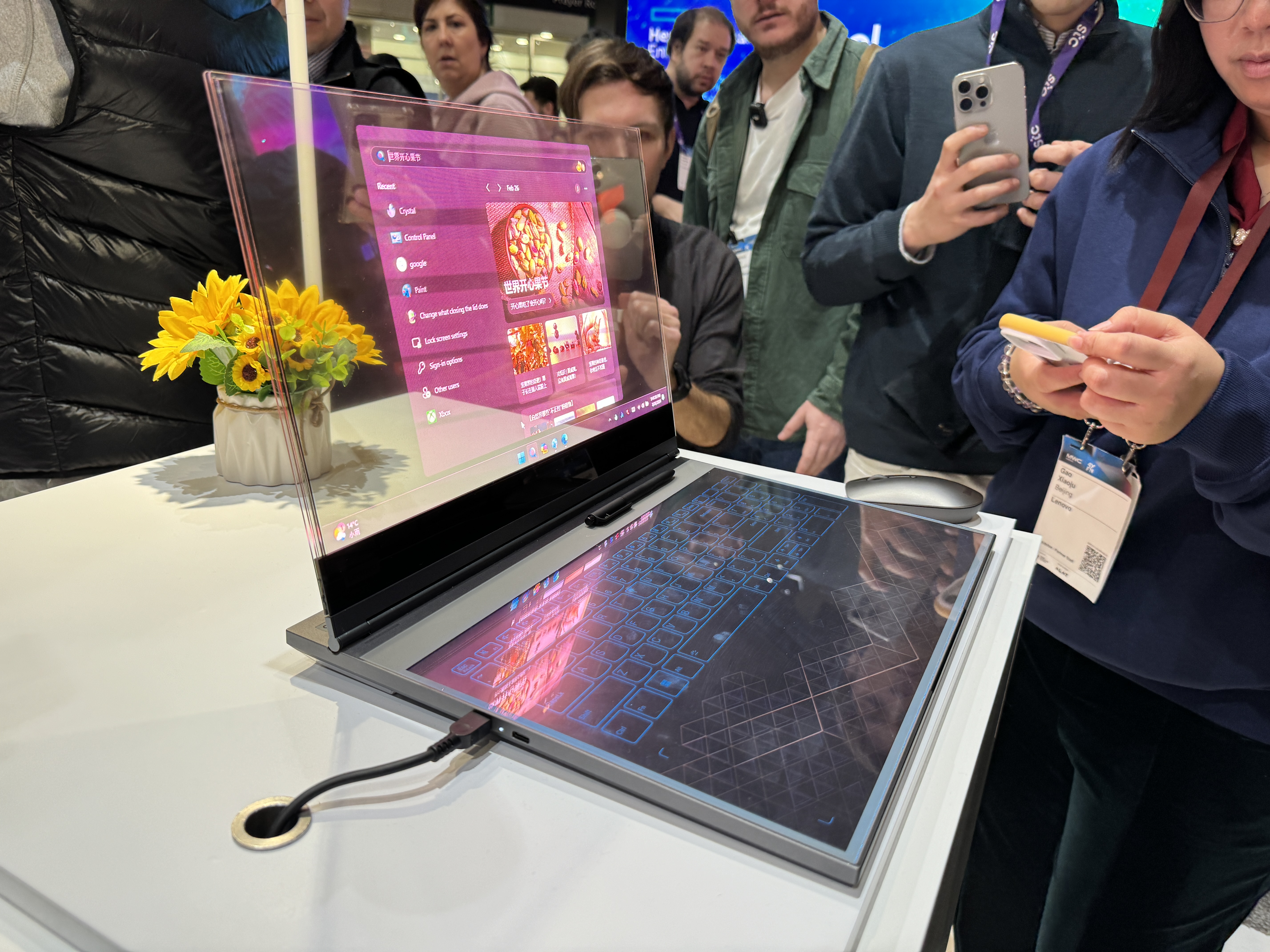
Image Credits: Brian Heater
If you’ve always wanted to look at the back of your desk while working, Lenovo’s new transparent laptop will certainly give you that joy. That is, if it ever makes it to production. It looks like your standard laptop with a few exceptions — the screen has a transparent pane, and it and the keyboard part remind us of an augmented reality experience, meaning the graphics are overlaid on whatever is behind it. For now, Lenovo enjoys showing off its creativity.
Google brings AI to new features
Today, Google rolled out AI into more of its services, including a new set of features for phones, cars and wearables. These are using Gemini to craft messages, AI-generated captions for images, summarizing texts through AI for Android Auto, along with access to passes on Wear OS. In addition, Google Messages will get a feature that lets you access Gemini in the app. The feature is currently in beta and only supports English. The mobile giant is also launching some accessibility-related features as well. One is the Lookout app, which helps visually impaired people with things like food labels and documents and will now generate AI-powered captions for images that have missing or inaccurate captions or alt text.
Also at MWC, DeepMind founder Demis Hassabis spoke on a panel with Wired’s Steven Levy to talk about Google being able to “unpause” the ability of its multimodal generative AI tool, Gemini, to depict people. The capability to respond to prompts for images of humans should be back online in the “next few weeks,” he said. Natasha Lomas reports that “Google suspended the Gemini capability last week after users pointed out the tool was producing historically incongruous images, such as depicting the U.S. Founding Fathers as a diverse group of people, rather than only white men.”
A desktop lamp to improve your mood

Image Credits: Brian Heater
Seaborough, a Dutch company, showcased small devices designed to replace large light therapy lamps that mimic the sun’s impact on the production of serotonin in the brain. One sits next to the computer and the other clips above display, looking a lot like an external webcam. Both plug into the USB port for power. You’ll have to wait a bit, though, as the lamp is still in proof-of-concept mode.
Infinix wants to put the back of your phone to work

Image Credits: Brian Heater
The Infinix E-Color Shift improves upon the e-ink screen work started by YotaPhone years ago. What’s new here is the addition of color and what Brian Heater describes as “a fun aesthetic addition to the part of your device that is nearly always covered by a case, your hand or otherwise facedown on a table.”

techcrunch.com




